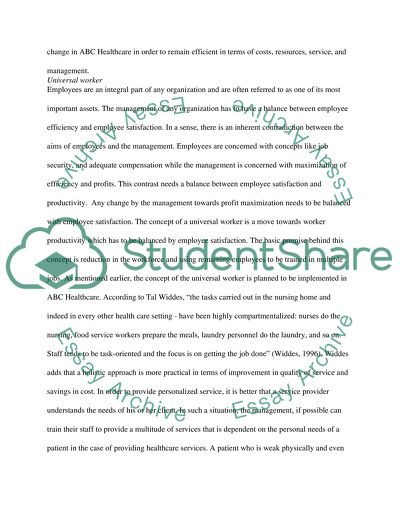Cite this document
(“Change and Culture Case Study II Part TWO Essay”, n.d.)
Retrieved from https://studentshare.org/miscellaneous/1555219-change-and-culture-case-study-ii-part-two
Retrieved from https://studentshare.org/miscellaneous/1555219-change-and-culture-case-study-ii-part-two
(Change and Culture Case Study II Part TWO Essay)
https://studentshare.org/miscellaneous/1555219-change-and-culture-case-study-ii-part-two.
https://studentshare.org/miscellaneous/1555219-change-and-culture-case-study-ii-part-two.
“Change and Culture Case Study II Part TWO Essay”, n.d. https://studentshare.org/miscellaneous/1555219-change-and-culture-case-study-ii-part-two.


